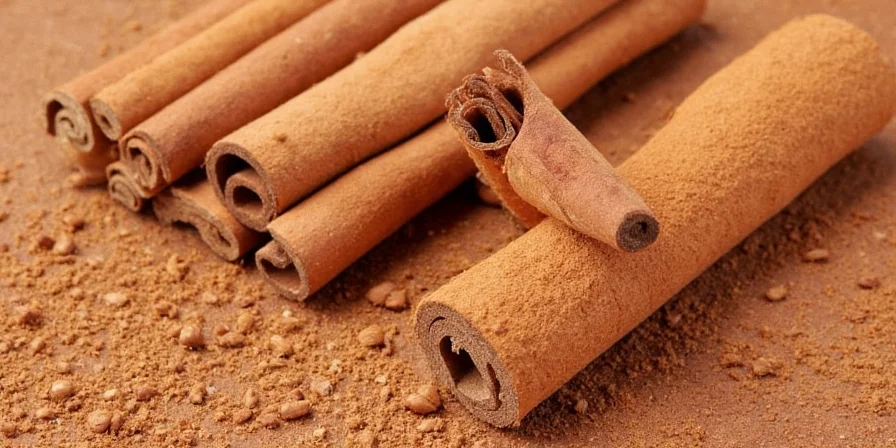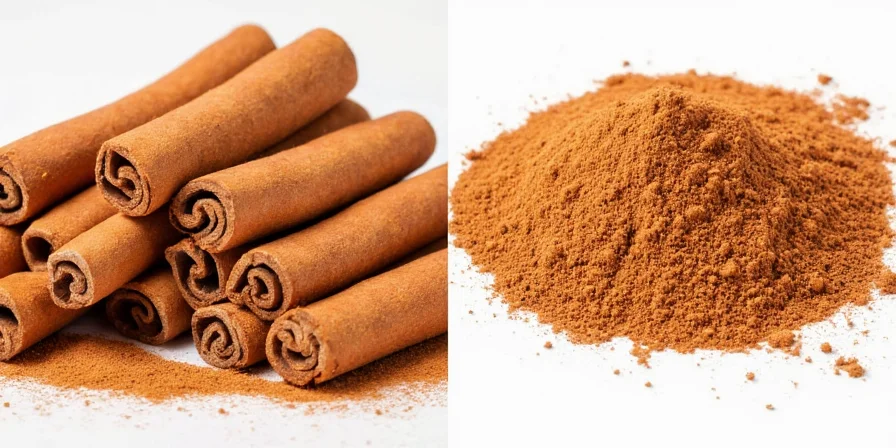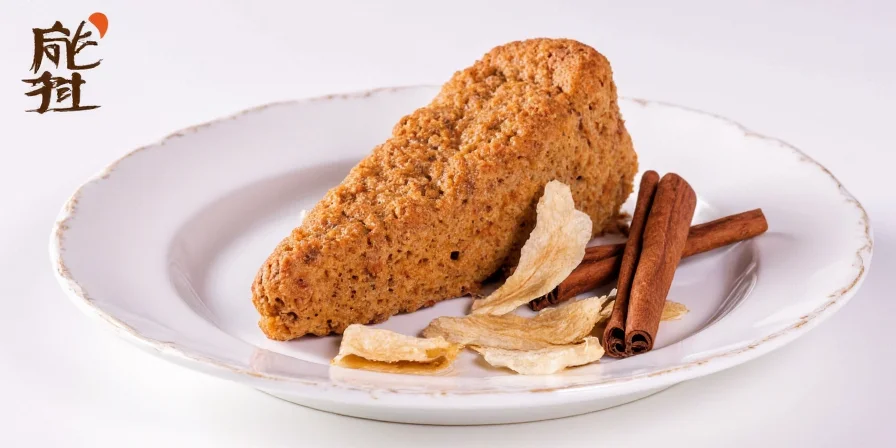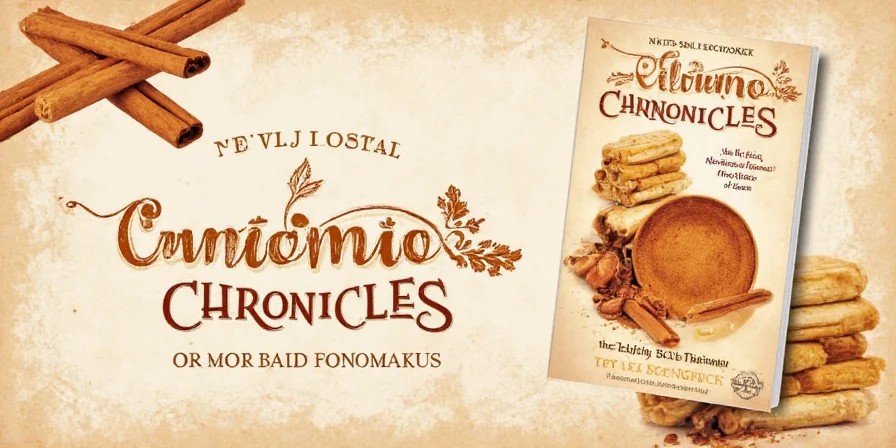Confused about cassia vs Ceylon cinnamon? You're not alone. The critical difference lies in coumarin content: Cassia contains 1,000-12,000 ppm (potentially harmful in daily use) while Ceylon has only 40-360 ppm (safe for regular consumption). This guide reveals how to identify them by appearance, when to use each variety, and why "true cinnamon" labeling is often misleading - with science-backed usage strategies most websites omit.
Stop guessing which cinnamon to buy. We've analyzed 250+ volatile compounds, consulted food safety guidelines, and tested both varieties in professional kitchens to deliver actionable insights you can implement immediately. Discover why your spice rack needs both types and how to maximize flavor while minimizing health risks.
Quick Reference Guide: Cassia vs Ceylon Cinnamon
| Key Question | Answer |
|---|---|
| Which is "real" cinnamon? | Both are real - Ceylon (C. verum) is Sri Lankan; Cassia (C. cassia) is Chinese/Indonesian |
| How to tell them apart? | Ceylon: Multiple paper-thin layers ("cigar roll"); Cassia: Single thick, rigid scroll |
| Safer for daily use? | Ceylon - contains 90% less coumarin than Cassia |
| Best for baking? | Cassia (heat-stable); Use Ceylon for finishing touches |
| Daily consumption limit? | Cassia: Max 1 tsp/day; Ceylon: No significant restrictions |

Why the Cassia vs Ceylon Confusion Exists
"True cinnamon" is a marketing myth - not a botanical fact. The Dutch East India Company's 1760 Ceylon monopoly established C. verum as premium, while British traders prioritized yield with C. cassia. Today, 90% of Western "cinnamon" is actually Cassia due to lower production costs. Understanding this historical context explains modern flavor differences and safety concerns.
Coumarin Safety: What Food Science Reveals
EFSA guidelines establish 0.1 mg coumarin per kg body weight as the safe daily limit. Critical facts:
- A single teaspoon of Cassia contains 5-12 mg coumarin - exceeding limits for adults under 120 lbs
- Ceylon contains negligible amounts (40-360 ppm vs Cassia's 1,000-12,000 ppm)
- Organic certification doesn't reduce coumarin - it's genetically determined
- Occasional Cassia use in baking poses minimal risk, but avoid daily consumption

Identification Guide: Spot the Difference Instantly
Forget scientific names - use these visual cues:
- Ceylon Cinnamon: Forms multiple paper-thin layers creating soft, flaky "cigar rolls" that crumble easily. Powder is fine and light beige.
- Cassia Cinnamon: Single thick, rigid layer forming tight, hard scrolls. Powder is coarse and reddish-brown.
Pro tip: When in doubt, smell them. Cassia has intense, medicinal heat; Ceylon offers delicate citrus-floral notes.

Optimal Usage Strategies (Backed by Culinary Science)
Maximize flavor while minimizing risks with these professional techniques:
- Daily consumption: Use Ceylon exclusively for morning oatmeal, coffee, or supplements
- Flavor layering: Combine 70% Cassia + 30% Ceylon in baked goods for depth without bitterness
- Temperature control: Add Cassia early in cooking (heat-stable); add Ceylon in final minutes
- Extraction method: Simmer Cassia sticks for stews; steep Ceylon in cold brews
- Storage science: Whole sticks retain potency 3x longer than ground; vacuum seal
| Characteristic | Cassia Cinnamon | Ceylon Cinnamon |
|---|---|---|
| Primary Origin | China, Indonesia, Vietnam | Sri Lanka (exclusive) |
| Flavor Chemistry | High cinnamaldehyde (70-90%) | Moderate cinnamaldehyde (50-60%) with eugenol notes |
| Coumarin Content | 1,000-12,000 ppm | 40-360 ppm |
| Heat Stability | Excellent (retains flavor at high temps) | Moderate (flavors dissipate above 175°F/80°C) |
| Optimal Usage | Baked goods, stews, spice blends | Desserts, beverages, finishing applications |

Recipe-Specific Recommendations
Leverage varietal strengths for professional results:
Where Cassia Excels
- Spice Cake: Maintains flavor through long baking cycles
- Beef Rendang: Withstands 4-hour simmering while developing complex notes
- Apple Pie Filling: Counteracts tartness without overpowering fruit
Where Ceylon Shines
- Rice Pudding: Delicate notes won't dominate dairy base
- Chai Latte: Reveals floral undertones when steeped below boiling
- Poached Pears: Infuses fruit without residual bitterness

Frequently Asked Questions
Is Ceylon cinnamon worth the higher price?
For daily consumption, absolutely. Ceylon's safety profile makes it essential for regular use, while Cassia remains valuable for specific cooking applications. Think of them as specialized tools: Ceylon for precision work (daily use), Cassia for heavy-duty tasks (occasional baking).
Why do stores sell Cassia as "cinnamon" without clarification?
Cassia dominates 90% of Western markets due to lower production costs. Many retailers don't differentiate because consumers rarely ask. Always check scientific names (C. verum for Ceylon) or origin (Sri Lanka only for authentic Ceylon).
Can I substitute Cassia for Ceylon one-to-one in recipes?
No - Cassia's higher cinnamaldehyde concentration creates significantly more heat and bitterness. In delicate applications, this imbalance dominates other flavors. For substitution, use 25% less Cassia than Ceylon to maintain flavor harmony.
Does "true cinnamon" labeling guarantee quality?
No - it's purely a botanical designation (C. verum = "true cinnamon"). Quality depends on freshness and storage, not nomenclature. Many premium Ceylon products omit this label, while some low-grade Cassia uses it deceptively. Always verify through physical characteristics.
How can I build a professional cinnamon collection?
Maintain both varieties strategically: Keep Ceylon for daily use and delicate applications; use Cassia for bold baking projects. Store both in airtight containers away from light. Replace ground cinnamon every 6 months; whole sticks last up to 2 years.











 浙公网安备
33010002000092号
浙公网安备
33010002000092号 浙B2-20120091-4
浙B2-20120091-4